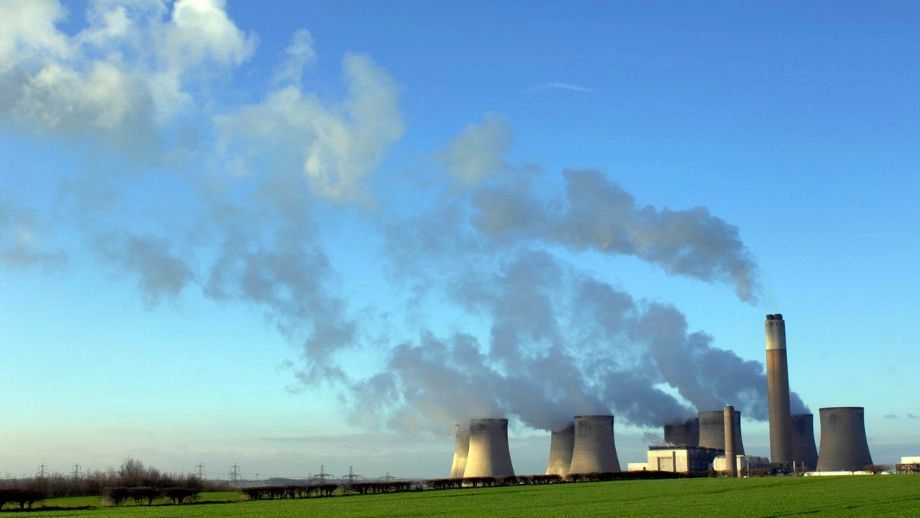What is the Source, Pathway, Receptor model?
11 May 2016

When thinking about how to control your pollution risks, it can be useful to look at the source, pathway, receptor model. Not only will this help you to reduce your pollution risk, it can also help you to mitigate any incident that does happen. This blog will look at the model and how it can be applied to your business.
What is the Source, Pathway, Receptor model?
The model looks at the source, pathways and receptors for pollution. It starts with the source, i.e. where pollution can come from. This can be anything from vehicle exhausts to drums that have the potential to leak oil. The next step is to think about how the pollution can travel through the environment, the pathway. Don’t just think about the obvious pathways of air, land and water, there are many more such as animal dispersal, air conditioning ducts and people. Finally, you need to consider the receptor of the pollution, who or what could be affected. For this, you need to be thinking of human and environmental receptors. When using this model, don’t forget that for each source, there are usually multiple pathways and receptors. In addition, some of your receptors may eventually act as additional pathways so the chain can continue past a basic source, pathway, receptor model.
How can we apply the model?
This model can be used to implement controls. The best place to put controls in place is before the source. Think about whether you need it, or whether it can be reduced in any way. For example, do you need to carry out the noisy activity that is causing a nuisance to residents? If you do, can you reduce the time you carry out the activity, for example by limiting it to daytime only or can you move it away from them?
Assuming you can’t do anything about the source itself, you can think about control. Using the noise example, can you enclose the noisy activity? This would intercept the pollutant from getting into the environment and travelling through the pathway (air) to the receptor (your neighbours).
If you have done everything to stop the pollutant from entering the environment, we can start looking at the receptors. You can use this to protect receptors, for example, erecting barriers to protect nearby residents from noise.
You can also use the model to help with remediation in the event of an incident. If you know where pollution can go and who it can affect, you can put measures into place to prevent the pollutant from getting into the pathways you have identified e.g. drains and/ or protect the receptors. Sometimes you may not realise you have caused a pollution incident and the first clue may be when a receptor reacts. In this case, you can use this assessment to try and figure out where the pollution may have originated from and take the necessary steps to remediate.
Overall, the source, pathway, receptor model can be used when you are assessing environmental risk and controls to minimise your environmental performance. This exercise can be used to identify areas that need further action and to help you develop robust emergency procedures. Are you happy that you have assessed all of your pollution risks for potential improvement?









